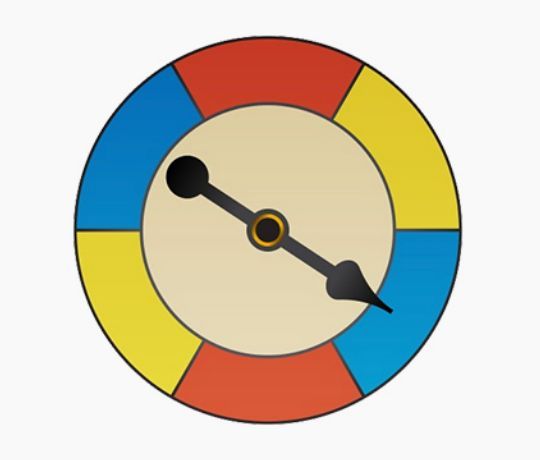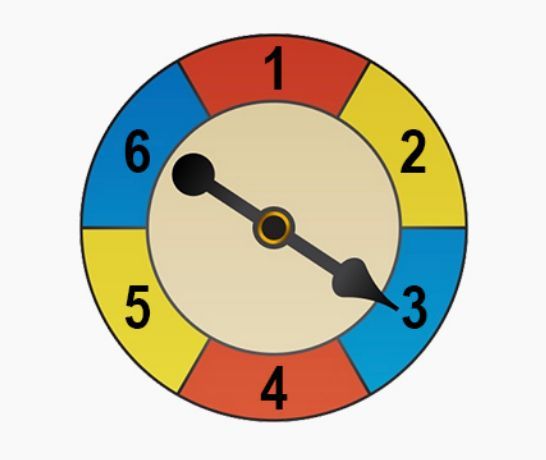Understanding the concept of probability is essential in statistics, particularly when dealing with independent events. When calculating the probability of two events occurring together, such as flipping a coin twice and getting heads both times, we refer to this as "and probability." This type of probability is calculated when the outcome of one event does not influence the outcome of another, which is the hallmark of independent events.
Two events are considered independent if the occurrence of one does not affect the occurrence of the other. For example, flipping a coin and rolling a die are independent events because the result of the coin flip has no impact on the die roll. Conversely, if you draw a marble from a bag and do not replace it before drawing again, the events are dependent since the first draw affects the second.
To calculate the probability of two independent events A and B occurring together, we use the formula:
P(A and B) = P(A) × P(B)
For instance, when flipping a coin, the probability of getting heads on the first flip is \( \frac{1}{2} \). The same probability applies to the second flip. Therefore, the probability of getting heads on both flips is:
P(Heads on first flip and Heads on second flip) = \( \frac{1}{2} \times \frac{1}{2} = \frac{1}{4} \)
This result can also be understood by considering all possible outcomes of two coin flips: HH, HT, TH, TT. Out of these four outcomes, only one results in heads on both flips, confirming that the probability is indeed \( \frac{1}{4} \) or 0.25.
Another example involves rolling a die. To find the probability of rolling an even number first and then rolling a three, we first determine the individual probabilities. The probability of rolling an even number (2, 4, or 6) is \( \frac{3}{6} \) or \( \frac{1}{2} \), and the probability of rolling a three is \( \frac{1}{6} \). Thus, the combined probability is:
P(Even number and 3) = \( \frac{1}{2} \times \frac{1}{6} = \frac{3}{36} = \frac{1}{12} \)
In scenarios involving more than two independent events, the same principle applies: simply multiply the probabilities of each event together. This systematic approach allows for the calculation of complex probabilities in a straightforward manner.
By mastering these concepts, students can effectively analyze and interpret probabilities in various contexts, enhancing their understanding of statistical principles.




